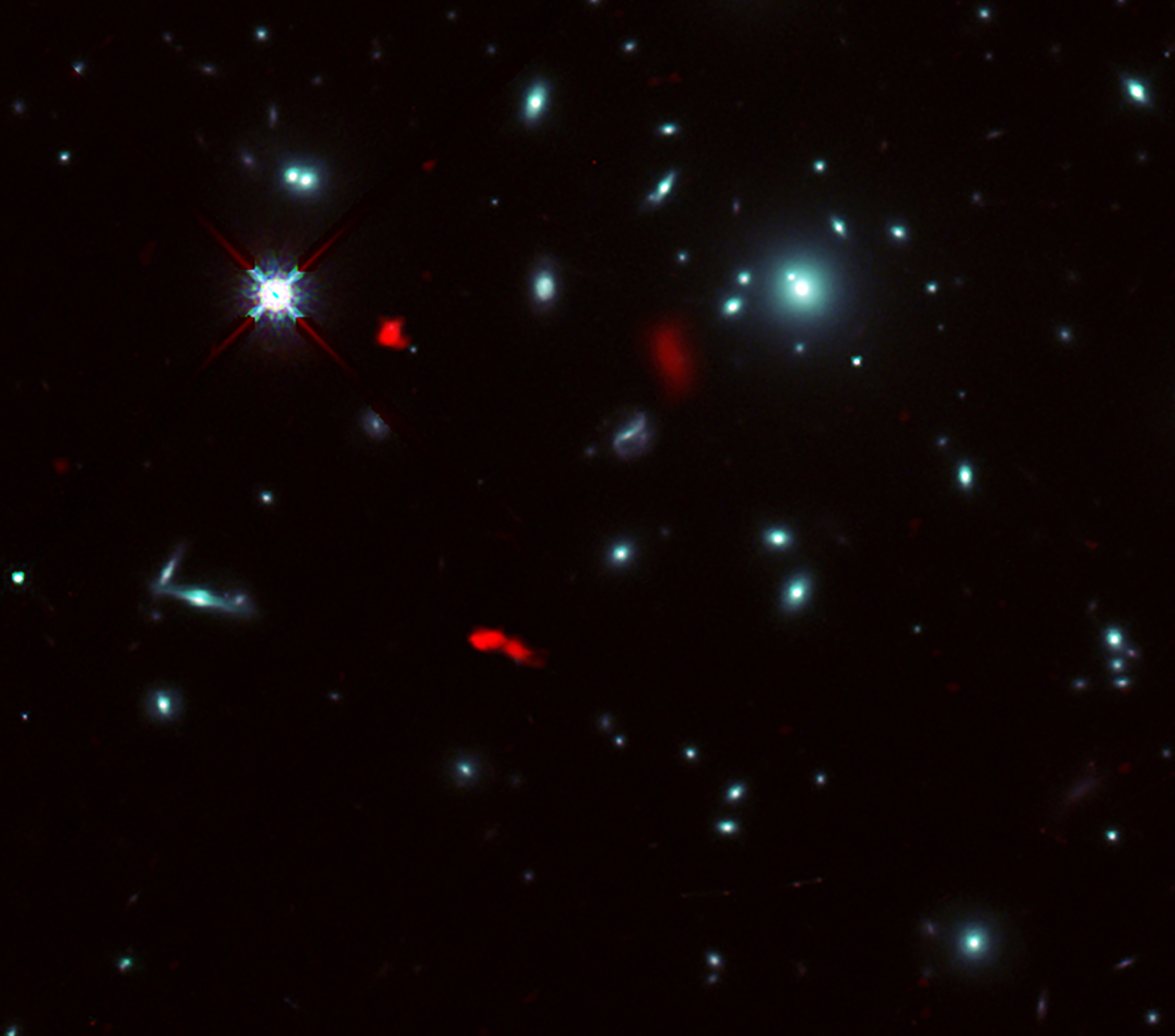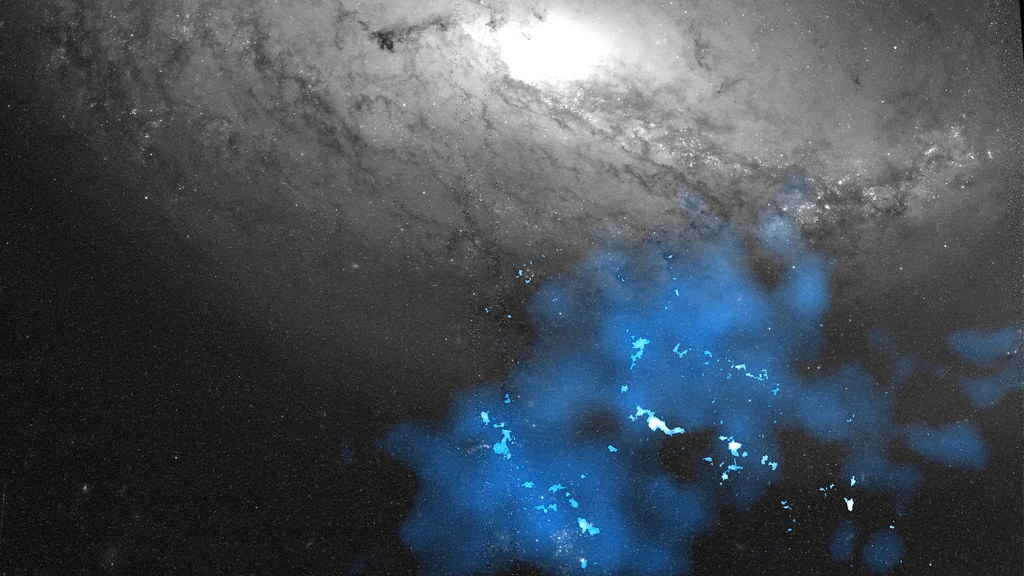
Researchers using the Atacama Large Millimeter/submillimeter Array (ALMA) discovered a titanic galactic wind driven by a supermassive black hole 13.1 billion years ago. This is the earliest example yet observed of such a wind to date and is a telltale sign that huge black holes have a profound effect on the growth of galaxies from the very early history of the universe.
At the center of many large galaxies hides a supermassive black hole that is millions to billions of times more mas...
Read More









Recent Comments